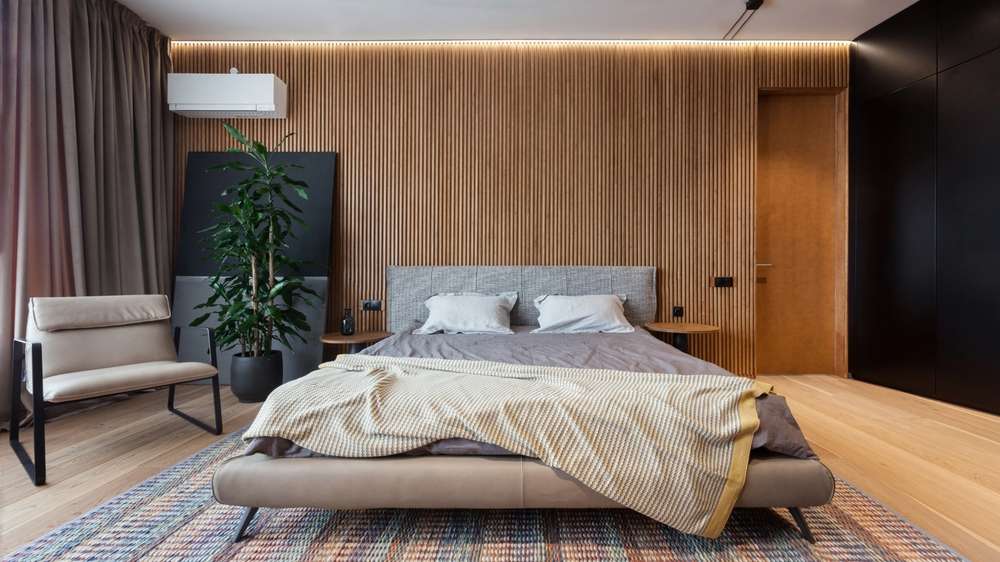Window treatments and insulation to reduce external disturbances
External noise, light, and temperature swings can interrupt rest and reduce sleep quality. Thoughtful window treatments combined with effective insulation limit sound transmission, manage daylight, and help maintain a stable temperature, creating a calmer sleep environment. This article explains practical approaches to reduce disturbances from windows while considering acoustics, ventilation, privacy, and room layout.

A bedroom’s windows are a primary pathway for external disturbances: traffic noise, streetlight glare, drafts, and fluctuating temperatures. Addressing these issues involves a mix of window treatments, insulation upgrades, and thoughtful interior choices that influence acoustics and comfort without sacrificing ventilation or privacy. The following sections explore how soundproofing, thermal control, lighting management, and ergonomic layout choices work together to support better sleep and a more restful room.
How do acoustics and soundproofing affect sleep?
Noise infiltration through glass and frames increases awakenings and fragments sleep. Improving acoustics relies on reducing the transmission of airborne sound and minimizing in-room reverberation. Thick, multilayer window treatments such as cellular shades, heavy drapes, or secondary glazing add mass and a soft surface, which lowers reflections and external noise. Combining window treatments with soft furnishings—rugs, upholstered headboards, and wall textiles—improves internal acoustics and reduces echo. While full soundproofing requires professional measures like window seals or added panes, modest changes to window coverings and room materials can significantly lessen disturbances and support deeper sleep.
Can insulation and temperature control reduce disturbances?
Insulation limits temperature swings that can wake sleepers and reduces drafts that carry sound. Upgrading the window perimeter with weatherstripping, adding insulated curtains, or installing cellular shades helps retain heat in winter and block heat in summer, contributing to consistent temperature levels that favor sleep. Insulating wall cavities or upgrading glazing to double or triple-pane limits thermal transfer and reduces the convective currents that cause drafts. Maintaining stable temperature also reduces reliance on noisy fans or HVAC adjustments during the night, supporting a quieter, more comfortable environment.
How can window treatments improve lighting and privacy?
Managing light and privacy at the window is essential for undisturbed rest. Layered window treatments—such as blackout blinds combined with sheer curtains—allow precise control over daylight and streetlamp glare while preserving privacy during the day. Blackout liners or thick fabric options reduce both light penetration and some sound transmission. Consider external factors like nearby streetlights and choose treatments that provide full coverage to avoid gaps. Proper mounting and overlap reduce light leaks and improve the perception of darkness, helping regulate sleep cycles.
What role does ventilation and air quality play?
Good ventilation supports sleep quality but can introduce external noise if windows stay open. Balancing fresh air with reduced disturbances can mean timing window opening to quieter periods, using trickle vents, or employing mechanical ventilation with heat recovery to maintain air exchange without open windows. Filters, humidity control, and regular maintenance of ventilation systems help preserve air quality without creating intrusive mechanical noise. Where ventilation systems are used, position intakes away from noisy façades and use flexible ducting or silencers to minimize sound transfer into the bedroom.
How do layout, storage, and organization support ergonomics?
Room layout and organization influence how well window treatments and insulation perform. Position the bed away from the noisiest walls or windows when possible, and use storage solutions—wardrobes, bookshelves, or soft-packed storage—along exterior walls to add an insulating buffer. Good organization reduces clutter, letting acoustic panels or soft textiles be placed strategically to absorb sound. Paying attention to ergonomics—clear circulation paths, easily adjustable blackout controls, and reachable window hardware—ensures treatments are used effectively and consistently, maximizing their benefit for sleep and privacy.
How can smarttech and decor enhance comfort?
Smarttech can automate lighting, temperature, and window coverings to respond to external conditions and occupant routines. Motorized blinds with timers or sensors can lower before sunrise or after evening noise peaks, while thermostats optimize temperature without manual intervention. Integrate decor choices—dense curtains, layered textiles, and upholstered furniture—to augment insulation and acoustics. When introducing technology, prioritize quiet motors and low-vibration devices, and ensure any smart system respects privacy and does not introduce distracting alerts or lights that could counteract rest improvements.
In conclusion, reducing external disturbances through window treatments and insulation is a balanced exercise in controlling acoustics, lighting, temperature, and ventilation while maintaining privacy and ergonomic comfort. Layered approaches—combining physical upgrades at the window, strategic interior materials, organized layout, and selective smarttech—deliver measurable improvements in sleep quality and daily comfort without extensive disruption to the room’s decor or function.





